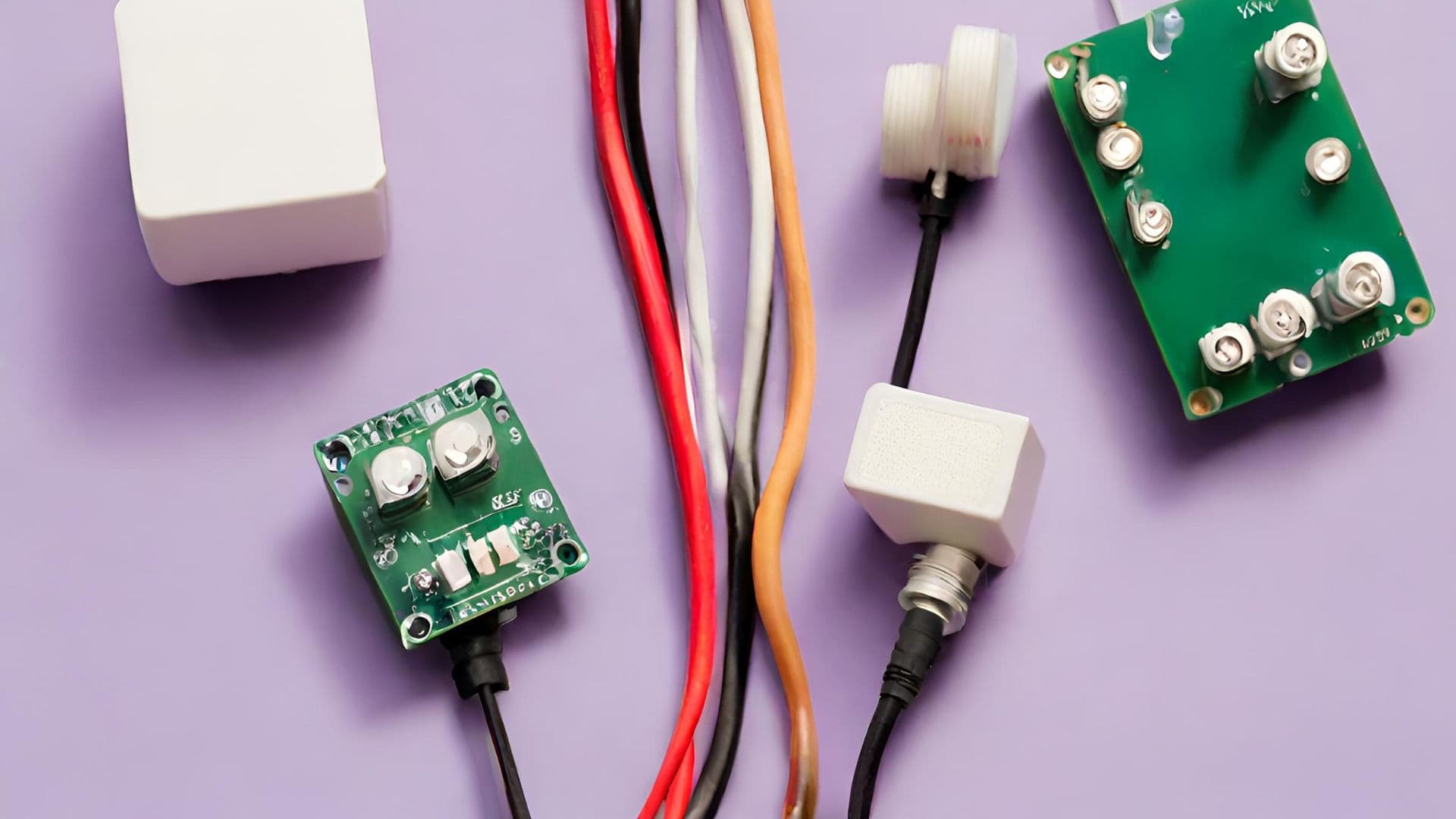In the world of modern manufacturing and industrial processes, automation has become a game-changer. It not only increases productivity but also reduces human errors and enhances safety. At the heart of many industrial automation systems lie current sensors, which play a pivotal role in ensuring efficient and reliable process control.
Understanding Industrial Automation
Before diving into the role of current sensors in industrial automation, let’s first understand what industrial automation is all about. Industrial automation refers to the use of technology and control systems to replace human intervention in various processes and machinery. This technology-driven approach offers several benefits, including improved productivity, reduced labor costs, and enhanced safety.
The Role of Current Sensors
Current sensors, as the name suggests, are devices used to measure and monitor electrical currents within machinery and equipment. They are a fundamental component of industrial automation systems, providing crucial data for process control and safety.
Types of Current Sensors
There are several types of Veris current sensors used in industrial automation, each with its own set of advantages and applications. Some of the most common types include:
Hall Effect Sensors: These sensors are based on the Hall Effect and are commonly used to measure direct current (DC) and alternating current (AC) in various industrial applications. They are known for their accuracy and reliability.
Shunt Resistors: Shunt resistors are low-resistance resistors placed in series with the current path. They measure current by measuring the voltage drop across the resistor, allowing for precise current measurements.
Current Transformers: Current transformers (CTs) are used to step down high currents to a level that can be safely measured. They are commonly used in power distribution systems and are essential for monitoring current in high-voltage applications.
Applications in Industrial Automation
The applications of current sensors in industrial automation are diverse and critical for ensuring efficient operation. Here are some common examples:
Motor Current Monitoring: In manufacturing and process industries, electric motors are ubiquitous. Current sensors are used to monitor the currents in these motors, helping to detect irregularities that may indicate impending failures.
Fault Detection: Current sensors play a vital role in fault detection. They can quickly identify overcurrent conditions, short circuits, or other anomalies in electrical systems, triggering protective measures or shutting down equipment to prevent damage.
Energy Management: Current sensors are essential for monitoring and managing energy consumption in industrial facilities. By tracking current levels, businesses can identify opportunities for energy savings and optimize their processes accordingly.
Benefits of Current Sensors in Process Control
The integration of current sensors in industrial automation systems offers several benefits:
Preventing Equipment Failures: Current sensors can detect abnormal current levels, which may indicate issues like motor overheating or excessive load. Early detection allows for preventive maintenance, reducing the risk of costly equipment failures.
Reducing Downtime: By promptly identifying faults or irregularities, current sensors contribute to minimizing downtime. This is crucial in industries where downtime translates into substantial financial losses.
Operational Efficiency: The data provided by current sensors can be used to optimize processes. By analyzing current levels, businesses can fine-tune their operations for improved efficiency and reduced energy consumption.
Enhanced Safety and Fault Detection
Safety is a paramount concern in industrial settings. Current sensors contribute significantly to enhancing safety measures. They can quickly detect overcurrent conditions that might lead to equipment damage or pose safety risks to personnel.
For example, if a conveyor belt motor in a manufacturing plant experiences a sudden increase in current due to a jammed conveyor, the current sensor will detect this abnormality and trigger an alarm or shutdown, preventing further damage and potential hazards.
Energy Efficiency and Cost Savings
In today’s world, energy efficiency is a key focus for industries looking to reduce costs and minimize their environmental footprint. Current sensors play a crucial role in this endeavor by helping businesses monitor and manage their energy consumption effectively.
By tracking current levels, industrial facilities can identify energy-intensive processes and equipment. This information allows for targeted efforts to reduce energy consumption and operating costs. Implementing energy-efficient measures based on current sensor data can lead to substantial cost savings over time.
Challenges and Considerations
While current sensors offer numerous benefits, they also come with challenges and considerations. One of the critical factors is calibration and accuracy. To ensure reliable current measurements, sensors need to be calibrated correctly and regularly. Any deviation from accurate measurements can lead to incorrect data, potentially impacting process control and safety.
Another consideration is the selection of the right type of current sensor for a specific application. Factors such as the range of currents to be measured, environmental conditions, and the desired level of accuracy all play a role in choosing the appropriate sensor.
Future Trends and Innovations
As technology continues to advance, the field of current sensors and industrial automation is not standing still. Emerging trends and innovations are shaping the future of these technologies. One notable trend is the integration of current sensors with Industry 4.0 initiatives.
Industry 4.0, often referred to as the Fourth Industrial Revolution, emphasizes the use of IoT (Internet of Things) devices and data analytics to create smart factories and production processes. Current sensors are a vital component of this transformation, providing real-time data that can be used for predictive maintenance, process optimization, and overall operational excellence.
Conclusion
Current sensors are indispensable tools in industrial automation, enhancing process control, safety, and energy efficiency. They play a vital role in monitoring electrical currents, detecting faults, and optimizing operations. As technology continues to evolve, current sensors will remain at the forefront of innovation, driving the efficiency and sustainability of industrial processes.
Incorporating current sensors into industrial automation systems is not just a technological advancement; it’s a strategic move toward improving competitiveness, reducing costs, and ensuring a safer work environment in today’s fast-paced industrial landscape. By leveraging the capabilities of current sensors, businesses can stay ahead in the race for operational excellence.
